Posted on 18 December 2020
10 things you need to know about the ocean this summer
- News
- EBM in action Valuable Seas Tangaroa Our Seas Managed Seas Enabling ecosystem-based management Dynamic Seas Degradation and recovery Tikanga and mātauranga Māori Participatory decision-making Improving decision-making National Auckland/Tāmaki-makau-rau Digital tool Bay of Plenty/Te Moana-a-Toi Map Model Report Wellington/Te Whanga-nui-a-Tara Video Nelson/Whakatū Marlborough/Te Tauihu-o-te-waka
- 8 Minutes to read
The world’s oceans are in trouble and humans are responsible. In Aotearoa New Zealand, the state of our marine environment is declining.
Coasts and oceans are vital to our health, wealth and our national identity. We need them to be healthy and productive for future generations. But there is a growing conflict between the many ways we use and value the marine environment.
We know our activities on land and at sea are degrading our marine world. However, as this recent marine environment report shows, we don’t know enough about these issues and pressures.
Over the past five years, the Sustainable Seas National Science Challenge has gathered evidence to fill information gaps to improve the way we manage Aotearoa New Zealand’s coasts and oceans.
“Our research is focused on improving the health of our seas through a consistent, holistic approach,” says Dr Julie Hall, Challenge Director.
“We work with Māori, marine managers, Government, businesses and communities to develop the tools, resources and information needed to make better, more inclusive management decisions for our marine environment.”
Informed by this research, here are 10 things you need to know before you jump into the ocean: facts, stories, resources and actions you can take to help make a difference.
1. Everything is connected, let’s make management decisions to reflect that
The way we manage and govern our marine environment in Aotearoa New Zealand, and around the world, is fragmented and inconsistent. Ecosystem-based management, or EBM, is a holistic and inclusive approach that aims to understand and manage an ecosystem as a whole.
There are many different versions of EBM around the world. Here in Aotearoa, we need EBM based on science and mātauranga Māori and provides for Treaty of Waitangi partnerships.
Click here for examples of EBM-type approaches already happening in Aotearoa.
2. Of all the things New Zealanders value about the ocean, this one really interested us
Nature provides humans with essential goods and services we benefit from – these are called ecosystem services. Ecosystem services can be hard to see, but easy to name. For example, the ocean provides us with many things we cannot live without: almost 70% of our oxygen, water filtration, carbon sequestration, kaimoana/seafood, recreation, and spiritual values. Interestingly, a service that New Zealanders seem to really value is the peace they experience when in marine spaces.
Learn more about our research into marine ecosystem services.
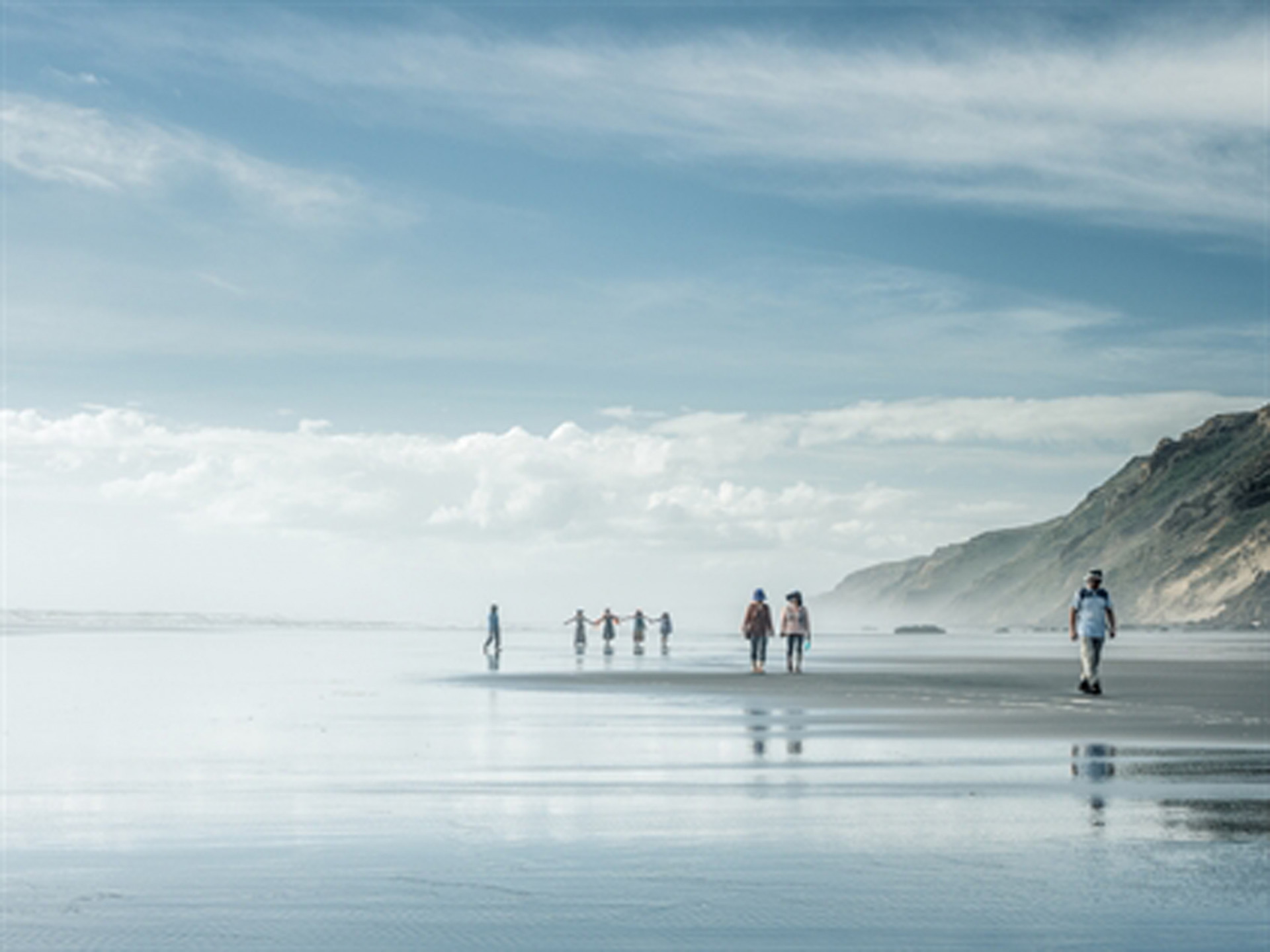
3. Humans are the problem, but we’re also the solution
In 2007, there were 112 million baby kuku (green-lipped mussels) in Ōhiwa Harbour. By 2019, there were less than 80,000 in the entire harbour. This loss affected the harbour’s kaimoana (seafood), mahinga kai (cultivation) and mauri (vital essence) and reduced the ability of mana whenua to express manaakitanga (expression of respect and hospitality to visitors through providing kaimoana).
Ōhiwa Harbour has been affected by human activities over the years, but the exact causes of the kuku degradation are not yet fully understood. Regardless of who or what is responsible, the community are working together to find way to bring back the once abundant mussel populations, using a combination of mātauranga Māori, science and local kaitiakitanga.
The Awhi Mai, Awhi Atu project is a collaboration between hapū/iwi, Challenge researchers, council staff and the Ōhiwa Harbour Implementation Forum. This collective approach appears to be working. Earlier this year, the research team discovered early signs of success.

The project team checking the restoration station lines earlier this year. (Credit: Dave Allen, 2020).
4. Cook up a conversation in your community
Thinking of the community, we know collaborative decision-making is key to healing the moana. From surfers to surfcasters, fishers to dog walkers, kaitiaki to captains: hearing the many voices of all the different people invested in the marine space is tricky.
If you’re hosting or heading along to a community meeting about your local marine area, use our Ingredients Tool to structure those hard conversations with your fellow ocean lovers and encourage those deep conversations about challenging issues.
5. Being a tidy Kiwi is a powerful way to help the ocean
You’ll be reducing your single plastic use faster than a hermit crab retreating into its shell after using our Ocean Plastic Simulator. This interactive tool helps you see how far your plastic can travel if it reaches the sea. ‘Drop’ virtual plastic in any of the 4 areas (Cook Strait, Tauranga, Nelson Bays or Auckland) and see where it ends up. The team behind this tool are now expanding it for the whole country.
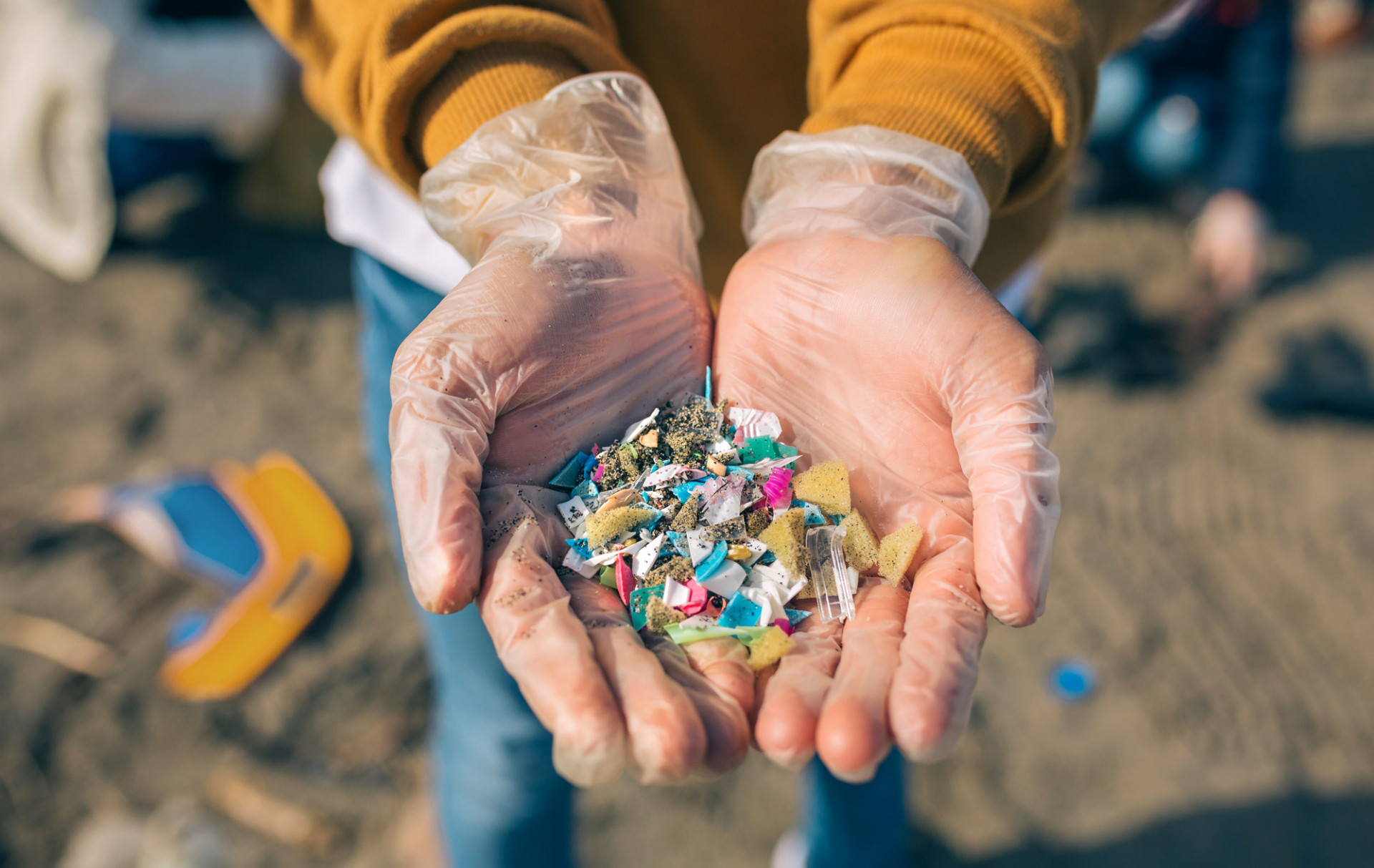
6. Little things can have a big impact
In the bestselling book Tipping Points, author Malcolm Gladwell refers to a tipping point as a “magic moment when an idea, trend, or social behaviour crosses a threshold, tips, and spreads like wildfire”. This phenomenon isn’t just happening in society. It’s also playing out in our natural environment.
Stressors caused by human and natural activities can lead to the marine environment’s version of a ‘tipping point’, where an ecosystem loses its capacity to cope with change and rapidly transforms ... usually for the worse.
Research from the first nationwide assessment of how estuaries and harbours respond to change shows that as coastal waters become more turbid (cloudy) from stressors such as increased sediment and/or nutrient levels, their ability to respond to change and recover is decreased.
Humans aren’t always responsible for tipping points. Natural disasters such as earthquakes can cause them too, as seen in Kaikōura’s rocky reefs.
7. Stressors can interact in complex ways and build up over time, making management extremely challenging
Just like tipping points, cumulative effects (aka a build-up of effects) are an abstract concept with very real consequences. In fact, this report into the health of our estuaries highlighted cumulative effects as one of the most urgent and important issues needing to be addressed for the health of our estuaries (and the moana).
We know it’s not as simple as ‘turning off the taps’ of the stressors going into our estuaries. Many stressors occur in the estuary itself or come from the open ocean, and legacy (long-term) effects may slow recovery for years. This is why we have a dedicated research theme investigating ways to assess the effects of both human activities and natural events on marine ecosystems - and the potential for recovery.
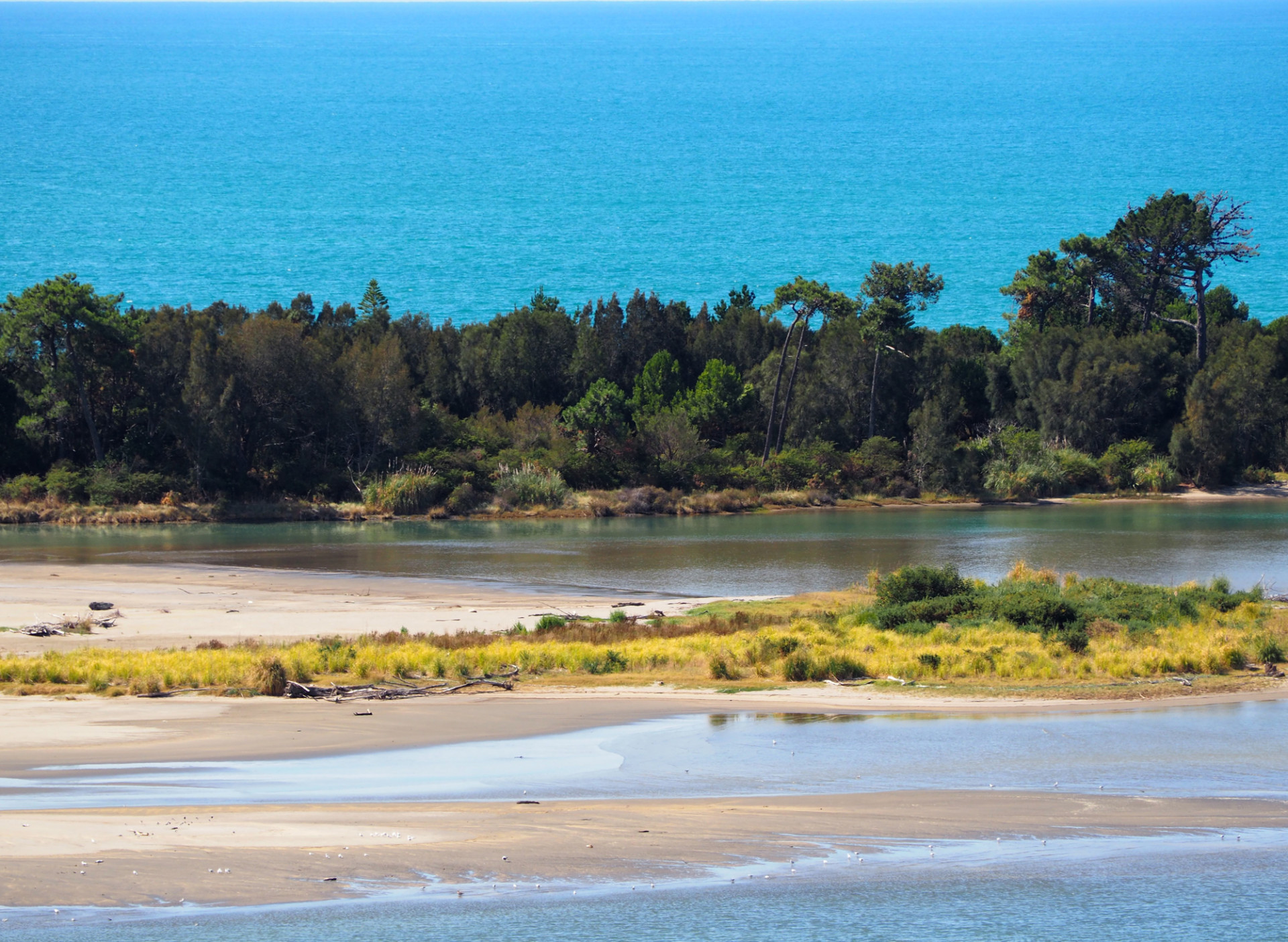
The estaury at Whakatāne. (Credit: Sustainable Seas National Science Challenge, 2020).
8. Make the unseen seen again
Findings from The Unseen (an art-science-education project) show art is a powerful communicator of science, especially intangible ideas. Artist and researcher Gabby O'Connor ran workshops with communities and school children using colourful rope and cable ties to ‘draw’ complex marine concepts such as ocean stratification (vertical layers in the ocean) and ki uta ki tai (the connection between land and sea).
The resulting collaborative artwork is going on tour in Wellington, Tauranga and Auckland next year. Get these exhibition dates in your diary
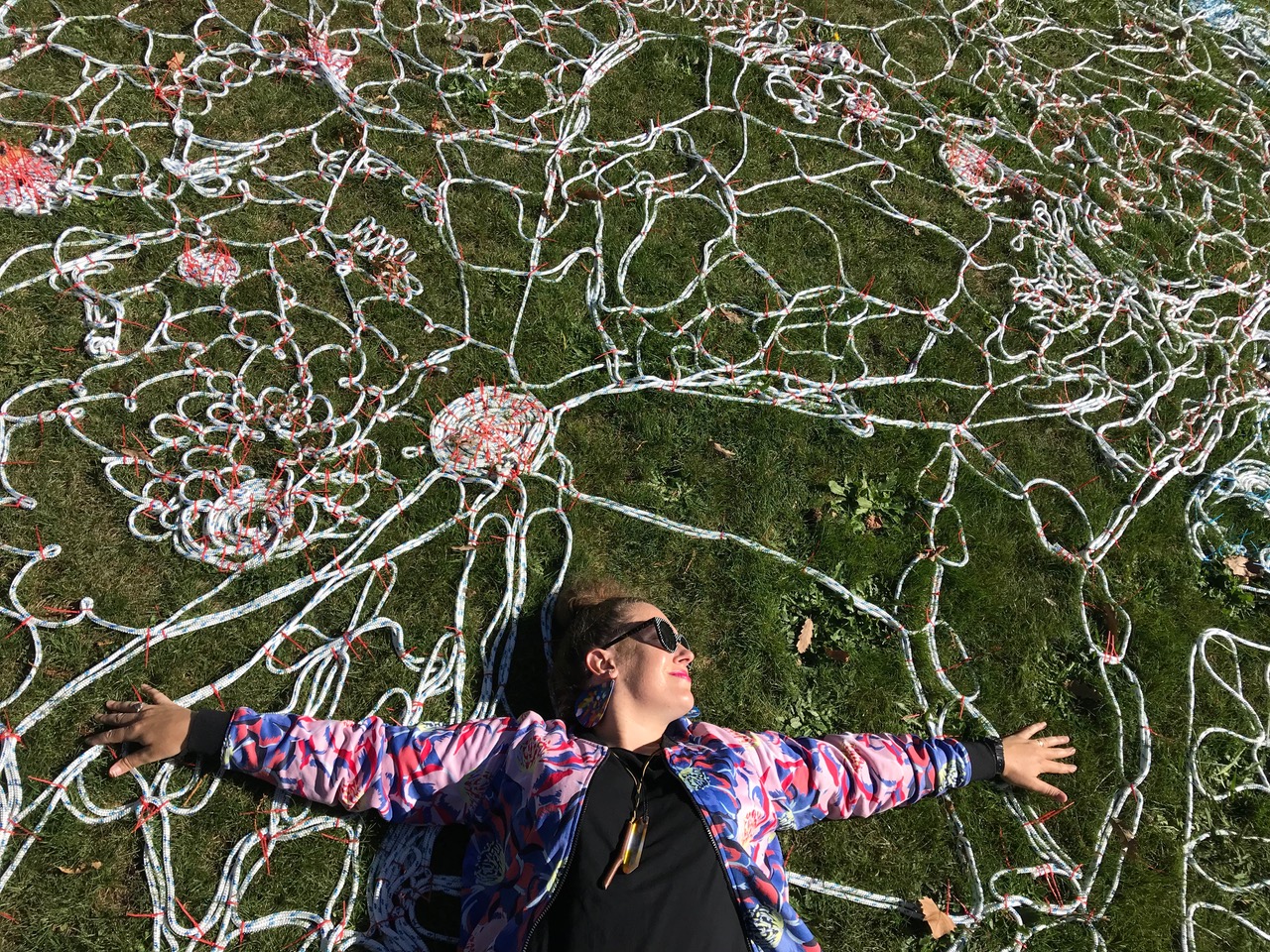
Artist Gabby O'Connor with some of The Unseen. (Credit: Braden Fastier).
9. Be careful what goes into your drains. Our activities on land reach further and deeper into the sea than we thought
Did you know about 200 million tonnes of suspended particles wash down our rivers each year? Until recently, it was assumed human activities on land were too far away from deep-sea canyons to have any impact on their ecosystems.
Our research shows that material from rivers can flow down submarine canyons from the coast to more than 200km off the coast and to depths of 2000m – deep into fragile deep-sea ecosystems.
10. Educate yourself
Last week, the Government announced the plan if we have to go into lockdown over summer. Fins crossed this doesn’t happen. But if it does and you’re stuck at home, we have an archive of virtual marine science field trips so you can still head to the beach (sort of). Travel back in time to Ōhiwa Harbour pre-lockdown 2020, or head to Nelson or Marlborough in 2019 and 2018.
Enrol now for March 2021
New Zealand-registered or provisionally registered teachers can enrol now for next year’s field trip Seaweed: an ocean of opportunity!
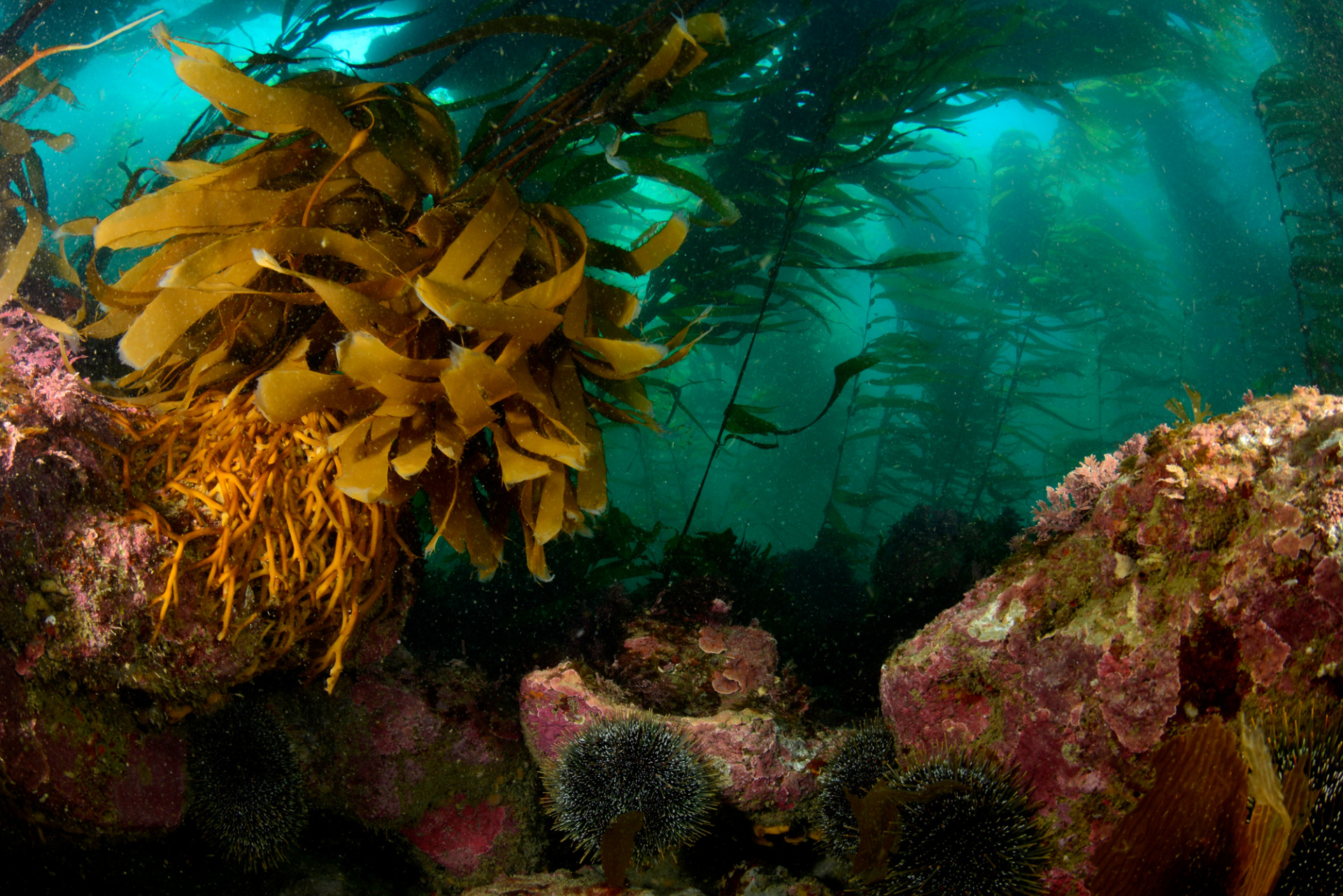
Kelp and urchins in Dunedin waters. (Credit: NIWA, 2018).